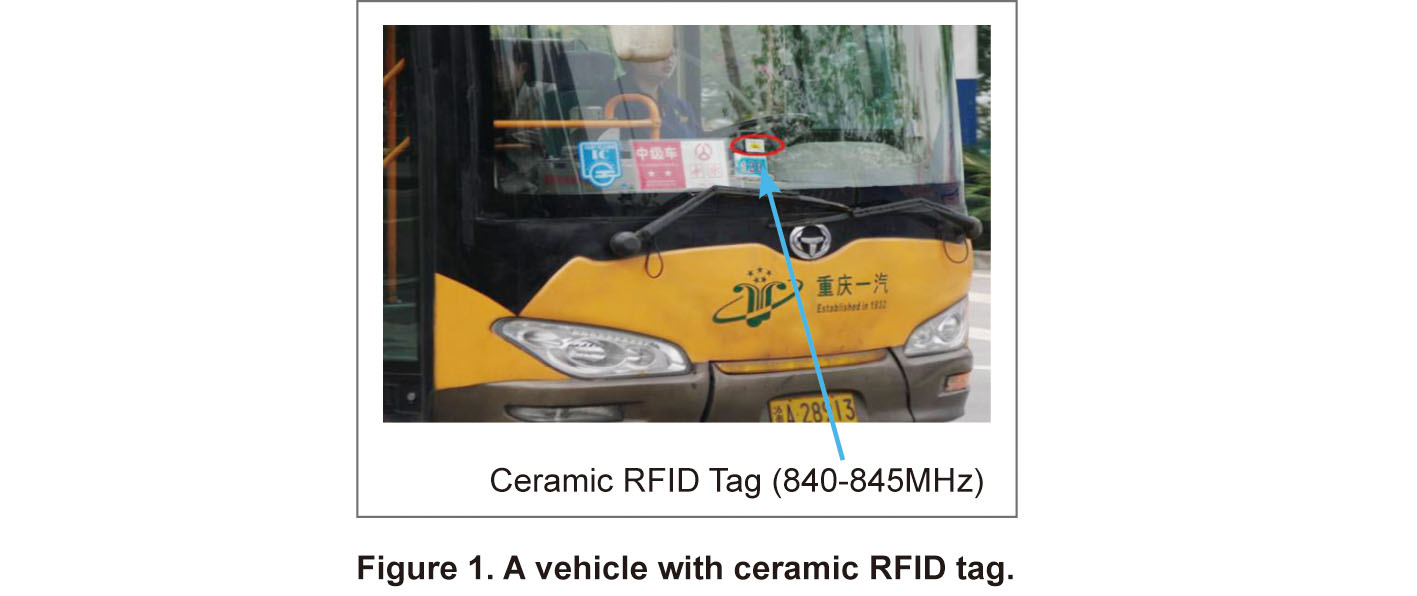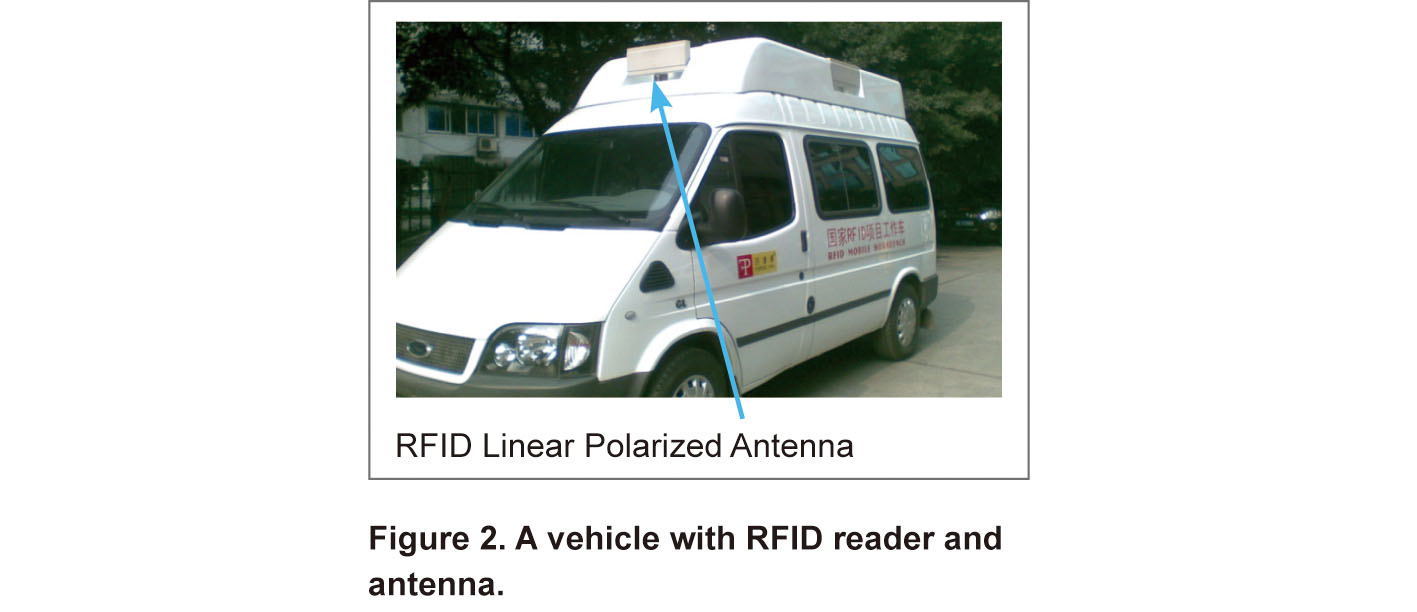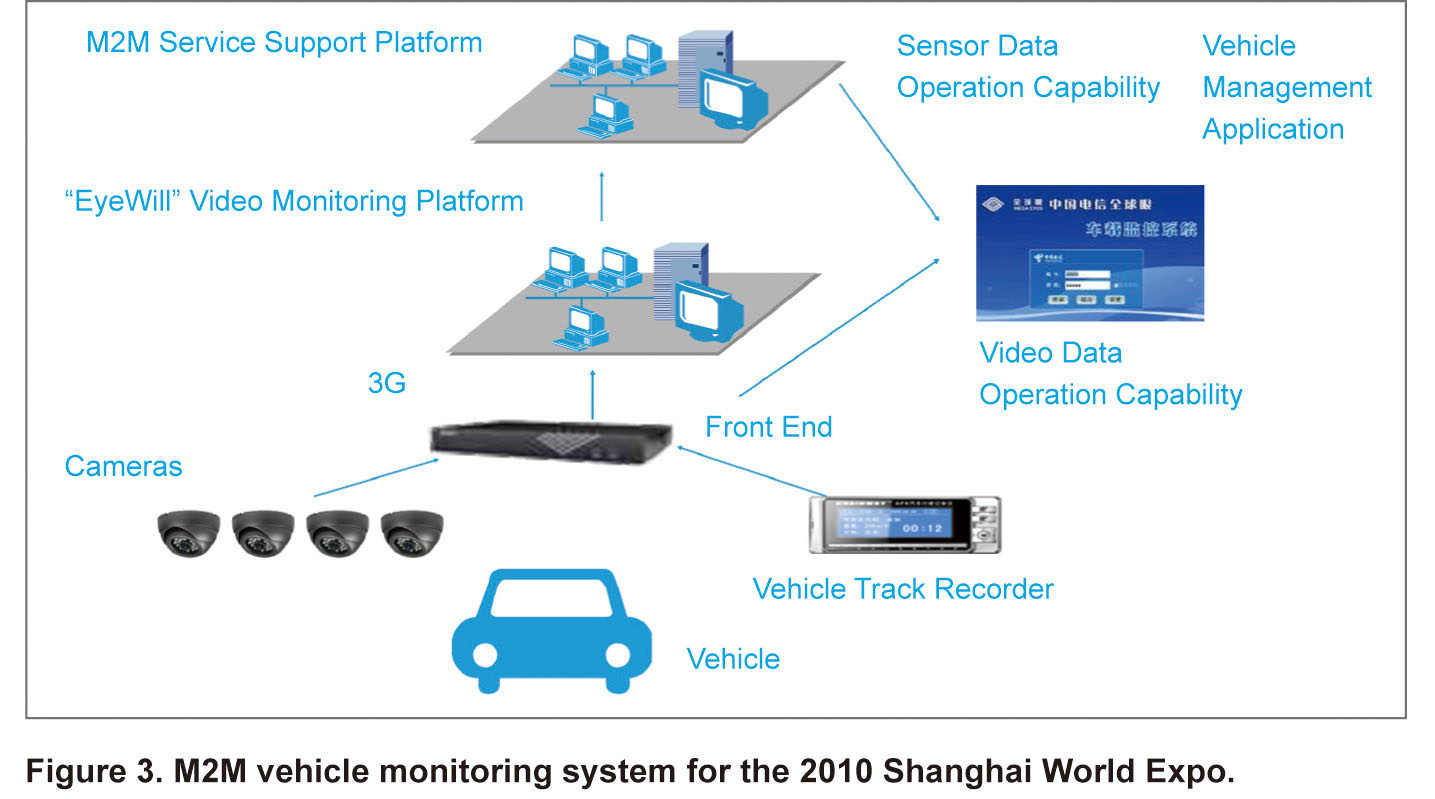M2M Trend: Vertical Extension and Horizontal Convergence
Opportunities and Challenges of M2M
After decades of fast-paced development, telecom networks worldwide now basically satisfy the need for man-to-man communication anywhere and at any time. However, new demand has arisen for machine-to-machine and machine-to-man communications. The development of these M2M technologies has attracted greater attention in recent times in light of the “Smart Earth” and “Sensing China” concepts proposed by the American and Chinese governments following the global financial crisis. According to Forrester Research, by 2020 machine-to-machine data exchange will be 30 times greater than the number of exchanges between people. M2M is therefore considered the next trillion dollar segment of the international telecom market. Large scale M2M development, however, is not without its difficulties. Growth in different industries is unbalanced, different industries have specific demands, different protocols and standards are being used, terminal costs are high, and system development and maintenance costs are also high.
M2M Development in the Vertical Market
There are promising prospects in some key vertical enterprises for large-scale development of the M2M industry, and this needs to be boosted by government or relevant industries. Sensing technologies can be used in traditional enterprises to build information networks, speed up the upgrade process, and enhance efficiency. A smart electric meter reading system, for example, enables remote real-time measuring of power consumption. This saves manpower and helps improve operational efficiency in the power grid.
RFID technologies can be used for smart transportation. A vehicle with an RFID tag (also called an e-license plate) can be identified automatically. With the help of ZTE, all of Chongqing’s one million motor vehicles are equipped with Ultra High Frequency (UHF) RFID tags (See Figure 1 and Figure 2). There are 300 RFID readers on Chongqing’s roadsides that can detect high-speed moving vehicles from a distance of 15 meters. A vehicle with an RFID tag is uniquely identified in the vehicle information system and its physical location can be monitored in real time. With the advantage of dynamic and automatic identification, RFID enables accurate traffic monitoring and management, and helps improve road conditions and transport efficiency.


M2M Development in the Horizontal Market
Providing universal services or enabling information sharing and convergence for enterprises are effective measures for reducing costs and improving efficiency. These can drive the development of the M2M industry, and they also present an important opportunity for telecom operators to become involved in M2M services. The video monitoring system launched by China Telecom has become a highly successful M2M application, which brought in nearly RMB 2 billion in revenue for the operator in 2009. Audio and video information collected via the video monitoring system is, in fact, a kind of information sensed in the front end. The video monitoring operation platform built by China Telecom is leased out to enterprises to help them reduce service operation and maintenance costs. This represents a typical M2M business model.
It is important that telecom operators build a M2M service support platform that helps enterprise more easily manage a large number of wireless terminals. Key functions of the support platform include authorization control, parameter configuration, fault management, and firmware upgrade. The platform conveniently allows upper layer applications to access networks, and to provide interfaces for calling in universal capabilities (including communication and industry capabilities) to develop upper layer applications.
ZTE supplied China Telecom with a vehicle management system to support the 2010 Shanghai World Expo. A VIP vehicle used in the Expo was installed with cameras, a track recorder, a front-end data collector, and a variety of sensors including tri-axis acceleration sensor, alcohol sensor, smog sensor, shock sensor, and collision sensor. Collected location information, as well as video and sensor data can be uploaded in real time to a background system via a 3G network. The vehicle management system adopts a two-layer architecture consisting of an M2M service support platform and an “EyeWill” video monitoring platform, as shown in Figure 3. In only one month, the vehicle management application was integrated into the system and was put into operation. This application will be widely extended to the public transportation sector in Shanghai.

Telecom operators have found that enterprise applications tend to be highly professional, versatile, and highly customized. This leads to a long period of application development as well as high development and maintenance costs. The Application Open Environment (AOE) of the M2M service support platform can solve these problems. Based on the Marshup concept and Service Oriented Architecture (SOA), AOE integrates heterogeneous application systems to enable capability convergence, and provides functional components and unified interfaces for data sharing and convergence among upper-layer applications. AOE also provides a visual development environment so that developers can focus on service requirements.
Another key factor for large-scale development of the M2M industry is deployment of wireless modules at low cost. Operators need to lay down relevant standards and specifications, and equipment vendors need to provide reliable, energy efficient wireless modules that can meet industry requirements and allow for automatic upgrade for easy secondary development. Modules used in industrial control need to be shock-proof, dust-proof, and moisture-proof. They also have high requirements in terms of RF sensitivity and system reliability, and need to be protected against harsh environments. In addition to data transfer paths such as SPI, UART and USB, these modules also have I2C and GPIO interfaces for connecting with other control signals.
Conclusion
Convergence of the horizontal market—represented by telecom operators—supports and complements the extension of M2M technologies into the vertical market. For example, installation of e-license plates in Chongqing provides a sound technical basis for the management and administration of traffic. Telecom operators help the traffic administration agency deliver information services related to taxis, parking lots, and other forms of public transport to individuals and enterprises. There is a tendency for M2M technologies to extend into the vertical market and to converge the horizontal market. Strategic cooperation between telecom operators and equipment vendors is the best way to drive the large scale development of the M2M industry.